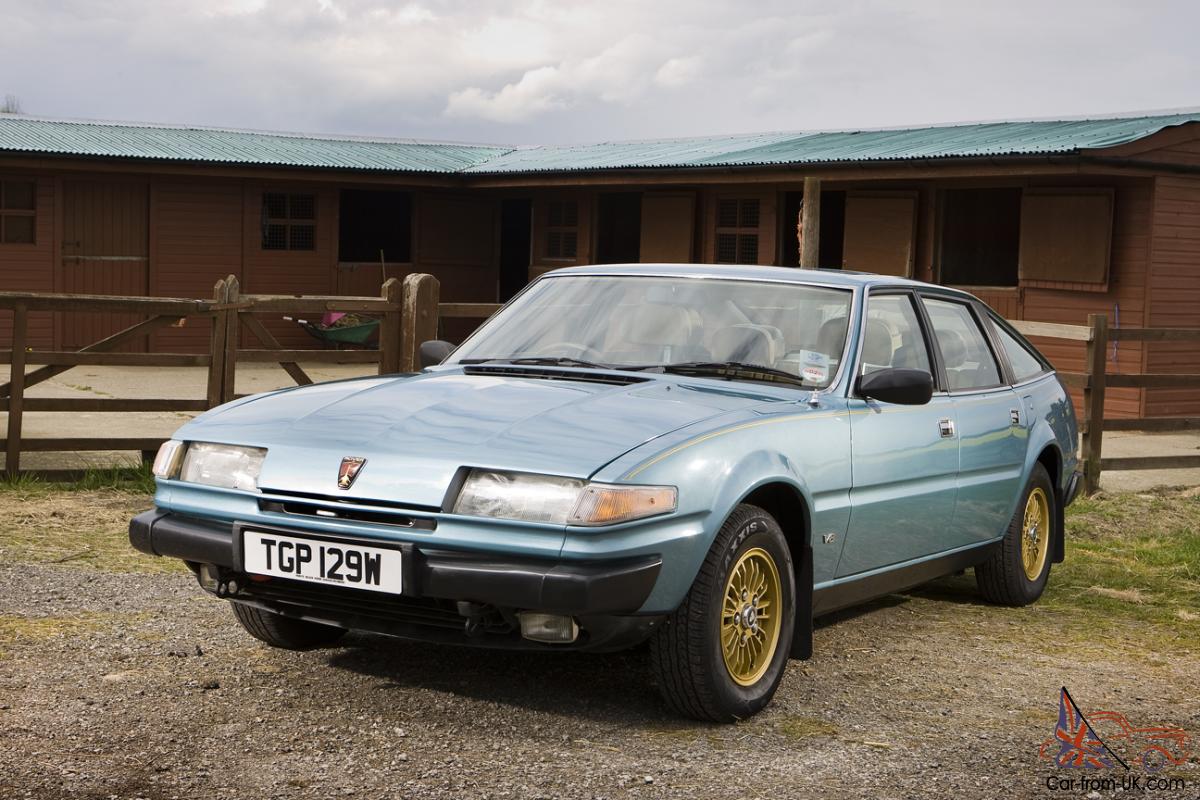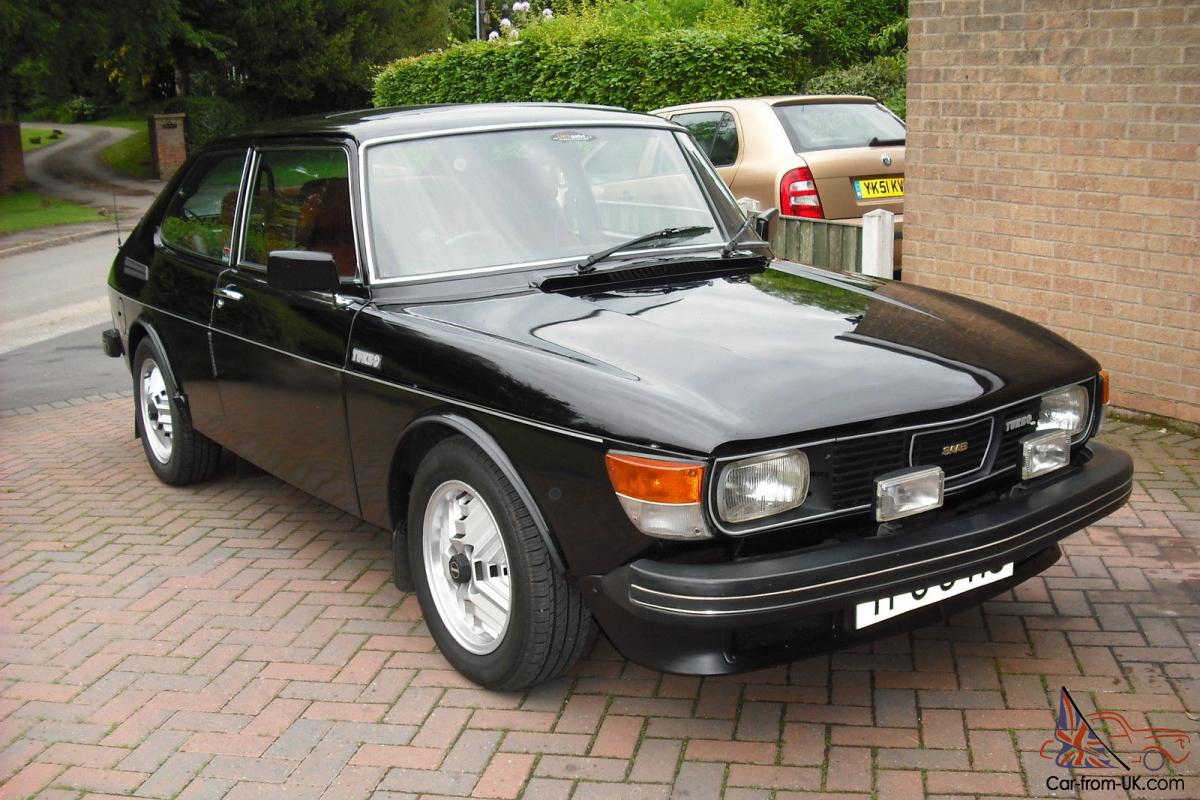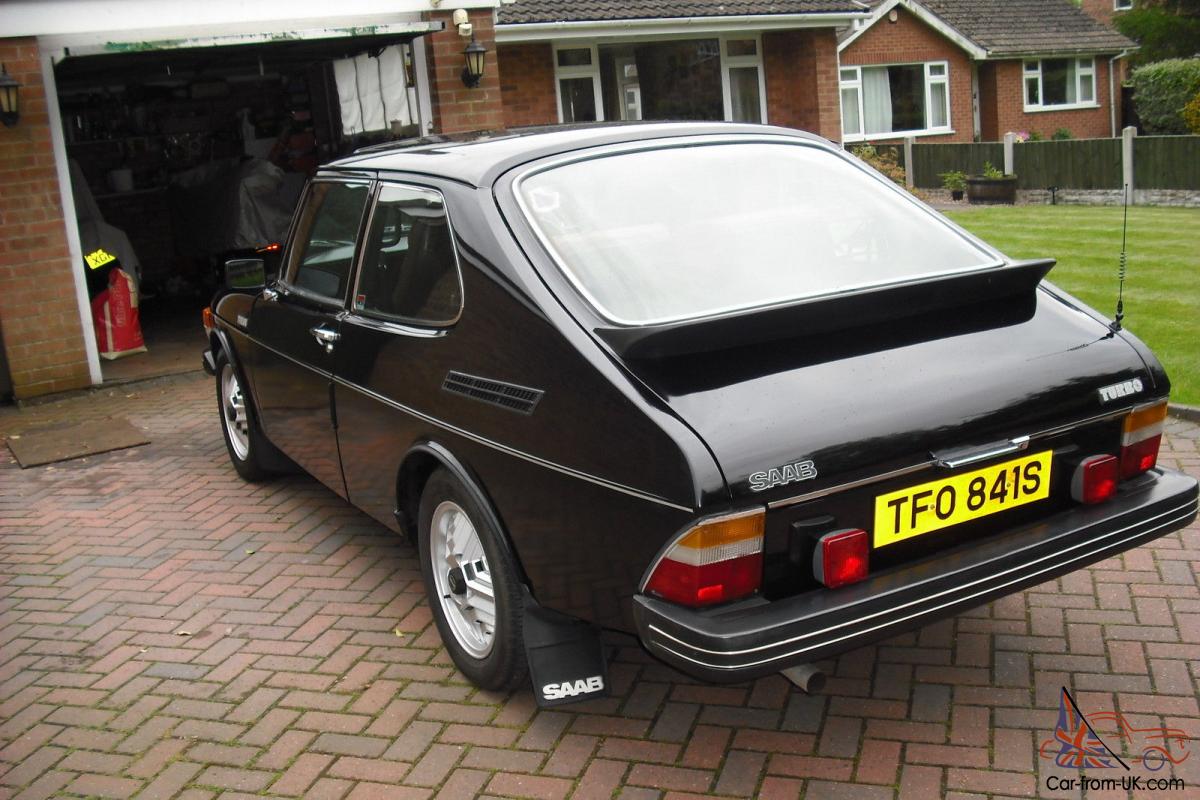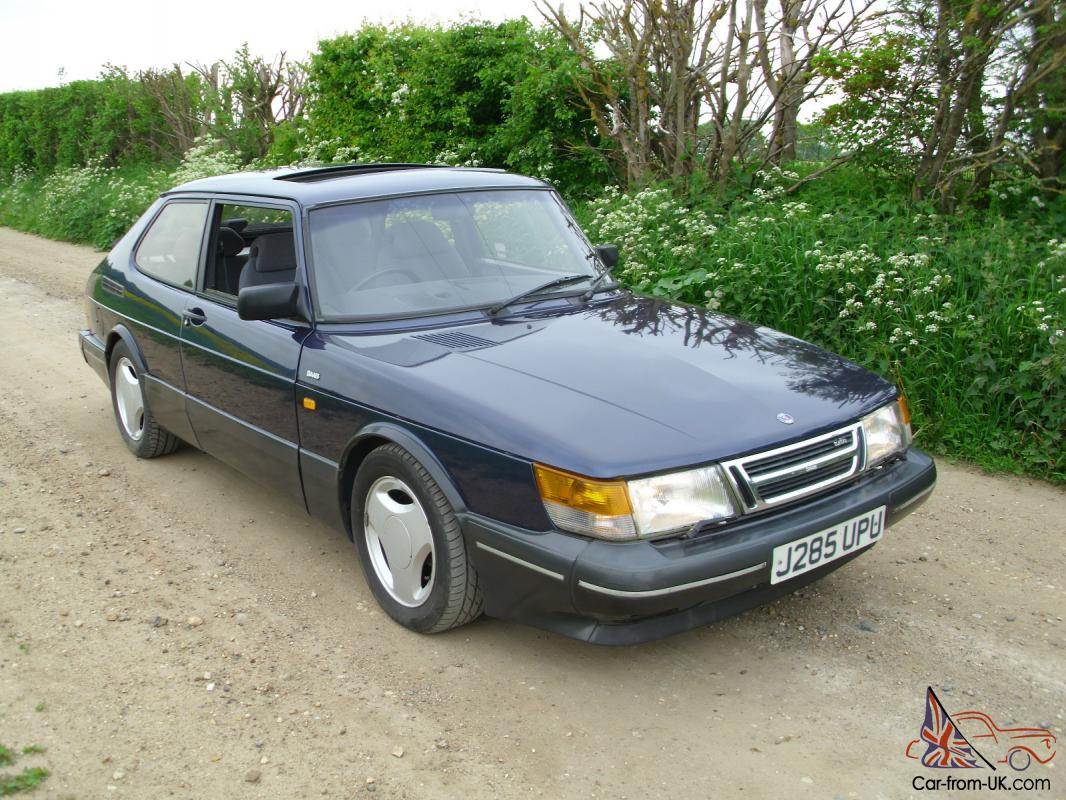Dr. Jim's Garage, Part Two
I figured I should get round to writing the follow-up to Dr. Jim's Garage, Part One at some stage, in which I add a few "non-exotic" cars to the theoretical hoard I'd like to preserve. What has sparked me to do so, though, is one of those "exotics" of the past which are haram under the rules: Big Car has made a video about the Jensen Interceptor. And that, were it not for its "money no object" status, would be in the garage in an instant. I also said "no Aston Martins" last time, which rules out the 1977-90 V8 Vantage (as driven to a beer festival by James May in one of his early Top Gear appearances, the same episode he dropped a Toyota Hilux from the top of a block of flats during demolition), and as I ruled out the Jaguar E-Type, I'd also have to overlook its successor, the OMFG CONTROVERSIAL XJ-S, a shape which I'd say has aged very gracefully considering the *autistic screeching* which greeted its arrival in 1975, and which I can barely believe I forgot to give a mention to last time.
One car which was included last time was the Lancia Gamma Coupé; HubNut has just reviewed a couple of Gamma Berlinas that were sitting in a field, like you do. And though I thought the Coupé was much better looking, his video showed a couple of tricks of the Berlina's bootlid that I'd never known about - and, from the side, it does look a hint like a Citroën CX, which did make it into Garage Part One.
So on with Part two, and a reminder: "You can't always explain why you like something... you just do."
Hillman Avenger (1970-76), a.k.a. Chrysler Avenger (1976-79), a.k.a. Talbot Avenger (1979-81)
British Leyland may have been a massive, nationalised byword for blithering incompetence in the 1970s, but the Rootes Group wasn't much of an improvement. It still had a ton of different brands that had been agglomerated together (Hillman, Sunbeam, Singer, Humber, Commer and probably some others as well), and had a workforce just as likely to go on strike round a brazier brandishing pictures of Stalin as those from BL. And a year before BL farted out the Morris Marina, Rootes played their hand; the Hillman Avenger. Hillman was their humdrum brand that had produced the Hunter (which went on to be built in vast numbers in Iran) and the Imp (the fatally flawed answer to the Mini), but also the Super Minx that made it into my garage last time. The Avenger was much the same stodgy suet pudding of a car as the Marina - it was a similar shape and size (if not quite as fat in the arse), and had a similar aversion to any form of technological sophistication, but it had rear lights shaped like a hockey stick (that were unfortunately undone in the Chrysler rehash in 1976)... and the second best name ever applied to a car. The aforementioned Jensen Interceptor was the top of the tree - but it was out of reach to most people. This must have been brilliant for some 1970s kids - they probably knew their dad's car was horrible chod but it was called Avenger! Like a TV show with Joanna Lumley in a tight catsuit. (In the 1990s, Final Fantasy IV gave us a sword called Avenger... which is outclassed by the time Cecil gets his hands on it, but it's got a better name than even the Japanese katanas. But I digress). When Dodge came up with their own Avenger in 2007 and even sold it this side of the Atlantic, it too was a fearful pile of junk, but I'll be willing to bet someone bought it just for the name.


The accompanying video, from those clips of Thames TV's 1970s proto-Top Gear that keep on being released (though I think they've finally run out of them!), shows the restyled 1976 Chrysler-badged version, with its less-attractive corporate new nose and lack of hockey stick rear lights. Bah! Note, then, that it'd be the original Hillman version that'd be in Dr. Jim's Garage, not one of these revised versions.
Rover SD1 V8 (1976-86)
"For of all sad words of tongue and pen, the saddest are these: 'it might have been'..." - The Wolves of Avalon, 2017
Back to good old (bad old?) British Leyland, or Austin Rover as it was known by the end of this car's life, for another tragic case of "it might have been" - brilliant design, catastrophic execution. Trying to replace the fusty and traditionalist old P6, Rover went radical - not a word that would ever have been associated with the stereotype that their customers would come to represent. The executive car that was designed to do battle with the BMWs and Mercs of the day was built as a hatchback (if it worked for the Renault 16, it could work for Rover...), was styled to look a bit like a Ferrari Daytona, and used the ex-Buick 3.5-litre V8 engine that had already done sterling service in the P6 and the Range Rover. The interior had even been designed to be symmetrical with bits and pieces slotting in on either side of the cabin so that it could be easily built as a left-hooker when all our continental chums came clamouring for it. Of course... they didn't, because (a) they were nationalistic and all preferred their home country's products, and (b) like all BL products, the Rover SD1 was built with as much care and attention as a child with severe ADHD trying to build a 1950s Meccano crane that had errors deliberately inserted into the instructions. Plus, by 1976, the first fuel crisis had hit, and the V8 drank petrol at much the same rate as the Ferrari it was styled to look like. Rover made lesser-engined SD1s to compensate, from 2.0 to 2.6 litres, but it was always the V8 that made anyone take notice. And for those who think Blue Lives matter, the police took a particular liking to the V8 SD1, to the point where they ordered extra stock to keep them going when the SD1 was replaced by the 800 series in 1985.
Had this car been built properly it might have saved Rover from lurching from one abusive owner to another (I'm looking in your direction, BMW), it might have avoided sinking the brand towards becoming the favoured choice of pensioners, followed by the choice of those who were so blinded by patriotism that they'd pay over the odds for ancient and substandard designs (or worse still, a nasty city car imported from India), it might have avoided oblivion and reanimation by the Chinese. It might have been the car that Made British Leyland Great Again. It might have been.

Reliant Rebel (1964-74)
A what, I hear you ask? You thought Reliant only made the Robin, didn't you. Most people do, even though Del Trotter's famous three-wheeler was a 1966 Regal-based Supervan (the Robin didn't launch until 1973), and Princess Anne is always remembered as the most famous owner of the Scimitar coupé, which was an awesome machine for a company so small. Thing is, though, I wouldn't have a Scimitar in the Garage, I'd have a Rebel instead. It seems to be the car that Rootes should have made instead of the Imp, when they wanted to make their own rival to the Mini. Reliant had an advantage; the rules they had to work around to get their three-wheelers classified as trikes rather than cars involved strict weight limits, hence the three-wheelers were built out of fibreglass, and Reliant had developed their own small engine using as much aluminium as possible, again to keep weight down. (I wonder if Colin Chapman had ever noticed and been impressed?) So when Reliant turned to building a conventional small car, with the full complement of wheels, they used their expertise in the three-wheeler market, used the same lightweight engine, and built the bodywork out of fibreglass. If only they'd have been a bigger company, and able to build more than 2,600 cars in a decade (with most of their production dedicated to their better-selling three-wheelers), they'd have given BMC nightmares. I think it's a fantastic looking car for 1964 (and the red example below is a 1964 car), and I wouldn't mind betting the BMC 9X concept from 1968 - which might have been a Mini replacement - owed something to Tamworth's first attempt at a proper four-wheeled car.


Saab 99 (1968-84)
I genuinely cannot believe I left out Saab from Part One - the 99 Turbo was one of the first cars I thought of when I was compiling the list! So, better late than never, here it is. Saab were always underdogs - they only started making cars after World War II when the demand for military aircraft suddenly dropped - and a lot of their history was them learning on the job and somehow trying to be competitive while always doing things their own way. The styling of the 99 must have been something else to behold in 1968 - and it had to be, because high development costs for a small manufacturer meant it had to stay in production a long time. Fortunately, in the 99's case, its slightly odd styling and small-ish engine bay meant that it couldn't fit in a straight-six engine (and Volkswagen's innovative VR6 was a few years away in the future). So the crazy Swedes went to Scania, the truck-builders they were joined to at the hip, and said "do you think putting a turbocharger in a car would work?" And in 1977, they tried it. It did work, and "turbo" became the byword for "high performance" in the 1980s - and not necessarily on cars. My mum had an Electrolux Turbo vacuum cleaner. And if I really want to be specific, for the Garage, I'd have the same model that Top Gear tested in their obituary for Saab - black paintwork, and that rusty-brick-red interior.


Saab 900 (1978-94)
I couldn't decide whether I wanted a Saab 99 in the Garage or its successor, the 900 - so I went for both. Fortunately, there are a lot more 900 Turbos around, seeing as they were built that way from the start - if the 99 Turbo was the pioneer like Iron Maiden's Paul Di'Anno phase, then the 900 Turbo was the Bruce Dickinson glory days (and the Vauxhall Cavalier-based 900 from 1994 was the "oh shit, Adrian's left us" phase that I'm not considering here). The hatchback's better looking than the saloon - and the Wheeler Dealers video I've posted below from their first series, in which they restore a very cheap 900 Turbo, saw them throwing away the tan velour interior in favour of black leather. Not for me, Mr Brewer - I'd keep it as it was. And, of course, it needs to be in black. This was the last "true" Saab before the 9000 that was a joint effort with Fiat and Lancia (and then Alfa Romeo got in on the act), and although the quintessential "Saabness" wasn't dialled back in any way in the 9000, the 900 had no Italian twins.

That's about it for now - five new additions. There was one American model I was considering - but no, it isn't a Ford Mustang or a Dodge Charger, I would never pick something so obvious. And I have to have a good think about what those wacky Japanese have done when they're not building something so narcolepsy-inducing as a Toyota Corolla. Of course, I already own one of their more outlandishly-styled regular cars, and have done for nearly 13 years and 102,400 miles...
One car which was included last time was the Lancia Gamma Coupé; HubNut has just reviewed a couple of Gamma Berlinas that were sitting in a field, like you do. And though I thought the Coupé was much better looking, his video showed a couple of tricks of the Berlina's bootlid that I'd never known about - and, from the side, it does look a hint like a Citroën CX, which did make it into Garage Part One.
So on with Part two, and a reminder: "You can't always explain why you like something... you just do."
Hillman Avenger (1970-76), a.k.a. Chrysler Avenger (1976-79), a.k.a. Talbot Avenger (1979-81)
British Leyland may have been a massive, nationalised byword for blithering incompetence in the 1970s, but the Rootes Group wasn't much of an improvement. It still had a ton of different brands that had been agglomerated together (Hillman, Sunbeam, Singer, Humber, Commer and probably some others as well), and had a workforce just as likely to go on strike round a brazier brandishing pictures of Stalin as those from BL. And a year before BL farted out the Morris Marina, Rootes played their hand; the Hillman Avenger. Hillman was their humdrum brand that had produced the Hunter (which went on to be built in vast numbers in Iran) and the Imp (the fatally flawed answer to the Mini), but also the Super Minx that made it into my garage last time. The Avenger was much the same stodgy suet pudding of a car as the Marina - it was a similar shape and size (if not quite as fat in the arse), and had a similar aversion to any form of technological sophistication, but it had rear lights shaped like a hockey stick (that were unfortunately undone in the Chrysler rehash in 1976)... and the second best name ever applied to a car. The aforementioned Jensen Interceptor was the top of the tree - but it was out of reach to most people. This must have been brilliant for some 1970s kids - they probably knew their dad's car was horrible chod but it was called Avenger! Like a TV show with Joanna Lumley in a tight catsuit. (In the 1990s, Final Fantasy IV gave us a sword called Avenger... which is outclassed by the time Cecil gets his hands on it, but it's got a better name than even the Japanese katanas. But I digress). When Dodge came up with their own Avenger in 2007 and even sold it this side of the Atlantic, it too was a fearful pile of junk, but I'll be willing to bet someone bought it just for the name.


The accompanying video, from those clips of Thames TV's 1970s proto-Top Gear that keep on being released (though I think they've finally run out of them!), shows the restyled 1976 Chrysler-badged version, with its less-attractive corporate new nose and lack of hockey stick rear lights. Bah! Note, then, that it'd be the original Hillman version that'd be in Dr. Jim's Garage, not one of these revised versions.
Rover SD1 V8 (1976-86)
"For of all sad words of tongue and pen, the saddest are these: 'it might have been'..." - The Wolves of Avalon, 2017
Back to good old (bad old?) British Leyland, or Austin Rover as it was known by the end of this car's life, for another tragic case of "it might have been" - brilliant design, catastrophic execution. Trying to replace the fusty and traditionalist old P6, Rover went radical - not a word that would ever have been associated with the stereotype that their customers would come to represent. The executive car that was designed to do battle with the BMWs and Mercs of the day was built as a hatchback (if it worked for the Renault 16, it could work for Rover...), was styled to look a bit like a Ferrari Daytona, and used the ex-Buick 3.5-litre V8 engine that had already done sterling service in the P6 and the Range Rover. The interior had even been designed to be symmetrical with bits and pieces slotting in on either side of the cabin so that it could be easily built as a left-hooker when all our continental chums came clamouring for it. Of course... they didn't, because (a) they were nationalistic and all preferred their home country's products, and (b) like all BL products, the Rover SD1 was built with as much care and attention as a child with severe ADHD trying to build a 1950s Meccano crane that had errors deliberately inserted into the instructions. Plus, by 1976, the first fuel crisis had hit, and the V8 drank petrol at much the same rate as the Ferrari it was styled to look like. Rover made lesser-engined SD1s to compensate, from 2.0 to 2.6 litres, but it was always the V8 that made anyone take notice. And for those who think Blue Lives matter, the police took a particular liking to the V8 SD1, to the point where they ordered extra stock to keep them going when the SD1 was replaced by the 800 series in 1985.
Had this car been built properly it might have saved Rover from lurching from one abusive owner to another (I'm looking in your direction, BMW), it might have avoided sinking the brand towards becoming the favoured choice of pensioners, followed by the choice of those who were so blinded by patriotism that they'd pay over the odds for ancient and substandard designs (or worse still, a nasty city car imported from India), it might have avoided oblivion and reanimation by the Chinese. It might have been the car that Made British Leyland Great Again. It might have been.

Reliant Rebel (1964-74)
A what, I hear you ask? You thought Reliant only made the Robin, didn't you. Most people do, even though Del Trotter's famous three-wheeler was a 1966 Regal-based Supervan (the Robin didn't launch until 1973), and Princess Anne is always remembered as the most famous owner of the Scimitar coupé, which was an awesome machine for a company so small. Thing is, though, I wouldn't have a Scimitar in the Garage, I'd have a Rebel instead. It seems to be the car that Rootes should have made instead of the Imp, when they wanted to make their own rival to the Mini. Reliant had an advantage; the rules they had to work around to get their three-wheelers classified as trikes rather than cars involved strict weight limits, hence the three-wheelers were built out of fibreglass, and Reliant had developed their own small engine using as much aluminium as possible, again to keep weight down. (I wonder if Colin Chapman had ever noticed and been impressed?) So when Reliant turned to building a conventional small car, with the full complement of wheels, they used their expertise in the three-wheeler market, used the same lightweight engine, and built the bodywork out of fibreglass. If only they'd have been a bigger company, and able to build more than 2,600 cars in a decade (with most of their production dedicated to their better-selling three-wheelers), they'd have given BMC nightmares. I think it's a fantastic looking car for 1964 (and the red example below is a 1964 car), and I wouldn't mind betting the BMC 9X concept from 1968 - which might have been a Mini replacement - owed something to Tamworth's first attempt at a proper four-wheeled car.


Saab 99 (1968-84)
I genuinely cannot believe I left out Saab from Part One - the 99 Turbo was one of the first cars I thought of when I was compiling the list! So, better late than never, here it is. Saab were always underdogs - they only started making cars after World War II when the demand for military aircraft suddenly dropped - and a lot of their history was them learning on the job and somehow trying to be competitive while always doing things their own way. The styling of the 99 must have been something else to behold in 1968 - and it had to be, because high development costs for a small manufacturer meant it had to stay in production a long time. Fortunately, in the 99's case, its slightly odd styling and small-ish engine bay meant that it couldn't fit in a straight-six engine (and Volkswagen's innovative VR6 was a few years away in the future). So the crazy Swedes went to Scania, the truck-builders they were joined to at the hip, and said "do you think putting a turbocharger in a car would work?" And in 1977, they tried it. It did work, and "turbo" became the byword for "high performance" in the 1980s - and not necessarily on cars. My mum had an Electrolux Turbo vacuum cleaner. And if I really want to be specific, for the Garage, I'd have the same model that Top Gear tested in their obituary for Saab - black paintwork, and that rusty-brick-red interior.


Saab 900 (1978-94)
I couldn't decide whether I wanted a Saab 99 in the Garage or its successor, the 900 - so I went for both. Fortunately, there are a lot more 900 Turbos around, seeing as they were built that way from the start - if the 99 Turbo was the pioneer like Iron Maiden's Paul Di'Anno phase, then the 900 Turbo was the Bruce Dickinson glory days (and the Vauxhall Cavalier-based 900 from 1994 was the "oh shit, Adrian's left us" phase that I'm not considering here). The hatchback's better looking than the saloon - and the Wheeler Dealers video I've posted below from their first series, in which they restore a very cheap 900 Turbo, saw them throwing away the tan velour interior in favour of black leather. Not for me, Mr Brewer - I'd keep it as it was. And, of course, it needs to be in black. This was the last "true" Saab before the 9000 that was a joint effort with Fiat and Lancia (and then Alfa Romeo got in on the act), and although the quintessential "Saabness" wasn't dialled back in any way in the 9000, the 900 had no Italian twins.

That's about it for now - five new additions. There was one American model I was considering - but no, it isn't a Ford Mustang or a Dodge Charger, I would never pick something so obvious. And I have to have a good think about what those wacky Japanese have done when they're not building something so narcolepsy-inducing as a Toyota Corolla. Of course, I already own one of their more outlandishly-styled regular cars, and have done for nearly 13 years and 102,400 miles...